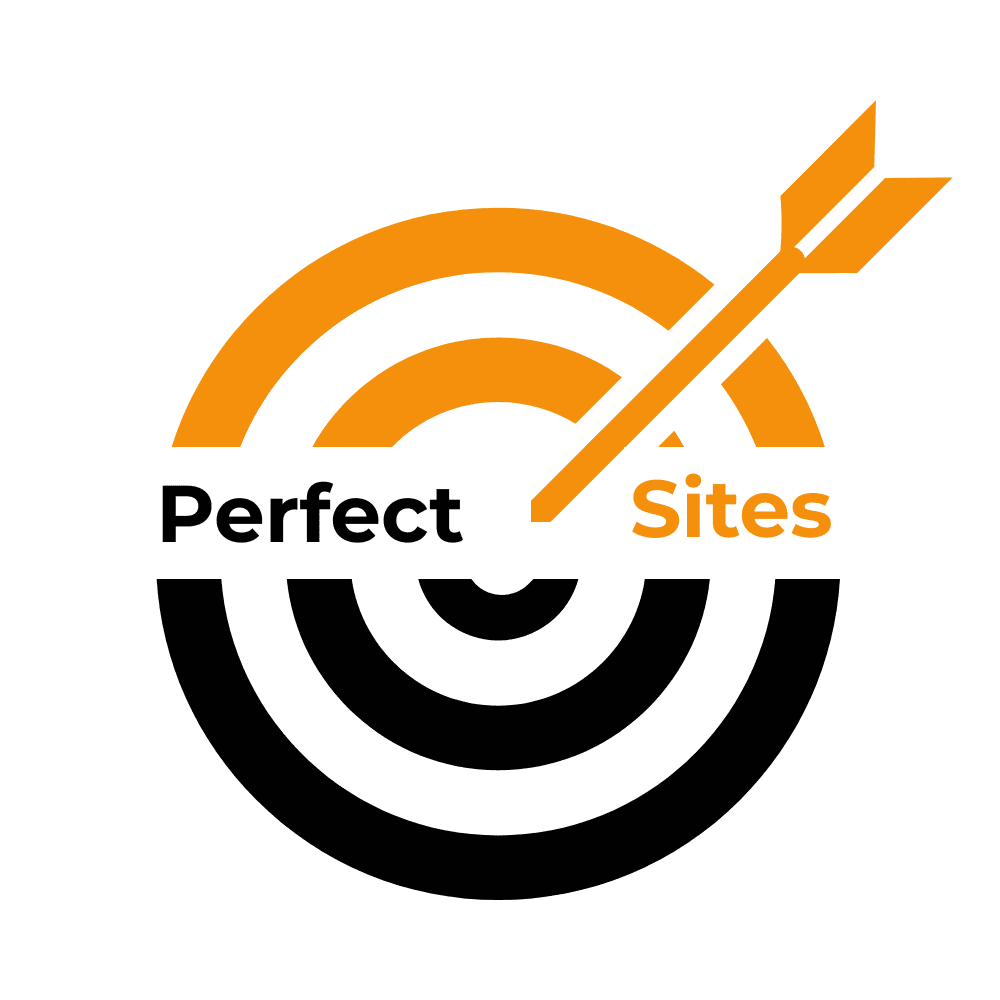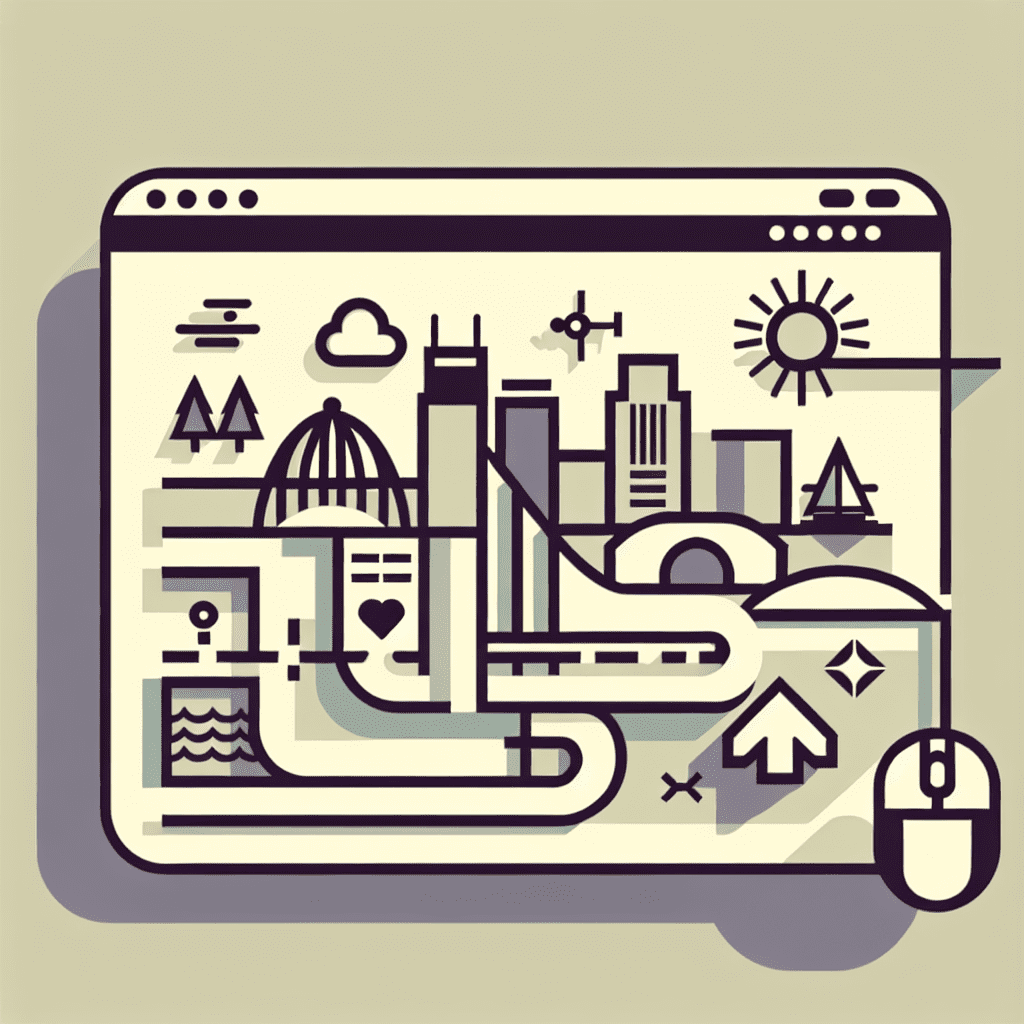Let’s be honest. Getting people to visit your website is hard enough; getting people in Minneapolis to visit your website? That’s a whole different animal. This is a city that debates the best Jucy Lucy like it’s a constitutional amendment. So if you’re trying to get their attention online, you’d better be speaking their language, showing up in their neighborhoods, and yes, accounting for the fact that half the year they’re snowed in and scrolling.
So, how do you actually drive meaningful traffic to your site in the Twin Cities? You can get clicks without connection, but it won’t lead to customers. Let’s break it down.
Start with local SEO that actually sounds like you live here
Search behavior in Minneapolis is hyper-local, and I don’t mean just “Minnesota nice” polite. I mean people are actually typing things like “best coffee shop Minneapolis” or “South Minneapolis dog groomer open late.” They’re not looking for generic answers; they want something that feels close to home.
So your site needs to reflect that. Use location-specific keywords in your metadata, headers, and content. And not just “Minneapolis” slapped onto a sentence; use real neighborhood names. Mention landmarks. Sound like you know the area, because you do.
Also, make sure your Google Business Profile is accurate and fully filled out. That NAP info (Name, Address, Phone) should be consistent everywhere. Build citations on local directories like TwinCities.com or the Minneapolis Regional Chamber site. And yes, ask your local customers for reviews. People trust a stranger from St. Paul more than they trust your About page.
Paid ads, but make them zip code smart
If you’re running Google Ads or Meta campaigns and not using geo-targeting, you’re basically tossing money into the Mississippi River and hoping it floats back with leads. Minneapolis neighborhoods aren’t interchangeable. Someone in Northeast is not the same as someone in Edina; your ad strategy should reflect that.
Structure your campaigns around local intent. “Roofing services in Minneapolis” will perform differently than “roofing companies near Wayzata.” On Meta, tighten your targeting by layering interests with location. And don’t forget to test your copy. “Proudly Serving Uptown Since 2010” hits differently than “Trusted Twin Cities Experts.”
Tap into the Twin Cities influencer scene (yes, it exists)
You might not think of Minneapolis as an influencer hotspot, but scroll through Instagram or TikTok and you’ll find plenty of creators who’ve built loyal followings around food, fashion, parenting, or hyper-local lifestyle content. These aren’t mega-celebrities, but micro-influencers with 2,000 followers who actually live here and actually engage.
Start small. Use tools like Upfluence or just search hashtags like
#MinneapolisEats or #MNStyle. Partner with creators in your niche, and track traffic using UTM links so you know what’s working. Bonus: those branded mentions often lead to backlinks and more search
visibility.
Write content that feels like it belongs here
If your blog sounds like it was written in a vacuum, it probably was; and it won’t perform well in Minneapolis. People want content that speaks to their experience—weather, culture, quirks, and all. So instead of generic advice, try something like “How Minneapolis Weather Impacts Your Roofing SEO Strategy.” That’s oddly specific, and that’s the point.
You could also write about local trends in your industry. “Top 5 Web Design Trends Among Minneapolis Startups in 2024” is going to get more clicks than “Top Web Design Trends,” period. Tools like AnswerThePublic or SEMrush can help you find long-tail, location-based queries people are actually searching.
Show up offline to drive traffic online
Here’s a weird truth: showing up in person can boost your web traffic. Minneapolis has no shortage of events, meetups, and conferences, especially in tech, healthcare, and creative industries. Sponsor something like Twin Cities Startup Week. Speak at a local panel. Even just getting your name on an event listing can send curious attendees to your site.
And don’t forget to submit your business to local event calendars like Meet Minneapolis or MSP Business Journal. Those backlinks help with SEO, and the visibility doesn’t hurt either.
Use schema markup so search engines don’t have to guess
Google likes structure; it’s a robot, after all. So give it what it wants. Implement schema markup for LocalBusiness, Event, and Review data. That way, your listings in search results can show rich snippets—things like star ratings, event dates, or business
hours—right up front.
Use Google’s Structured Data Markup Helper to generate the code, then test it before publishing. It’s not flashy, but it’s one of those small things that quietly improves your visibility.
Make friends, share traffic
You know what’s underrated? Local partnerships. If you run a Minneapolis yoga studio, team up with a local café or wellness brand. Do a co-branded giveaway. Write guest posts for each other’s blogs. List each other on “Local Favorites” pages. These collaborations create backlinks, drive referral traffic, and build community credibility.
You’re not just building SEO; you’re building relationships.
Source: Backlinko
So yes, driving traffic in Minneapolis takes more than just good SEO. It takes a sense of place, a little precision, and a willingness to think like a local, even if you’re running a national brand. Because in a city where people will wait 45 minutes for brunch in February, you’d better give them a good reason to click.
That’s the view from the ground.
We’ll be back soon with more real-world insights.
Until then, keep building.
– Perfect Sites Blog

